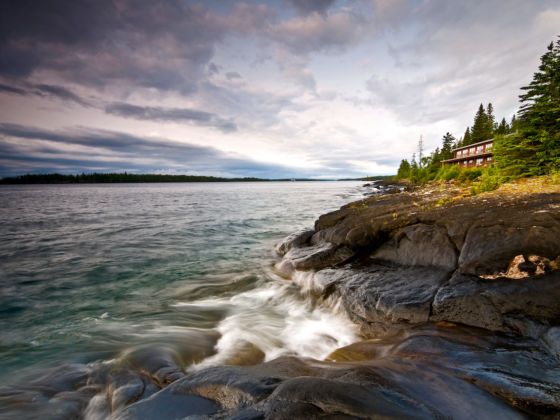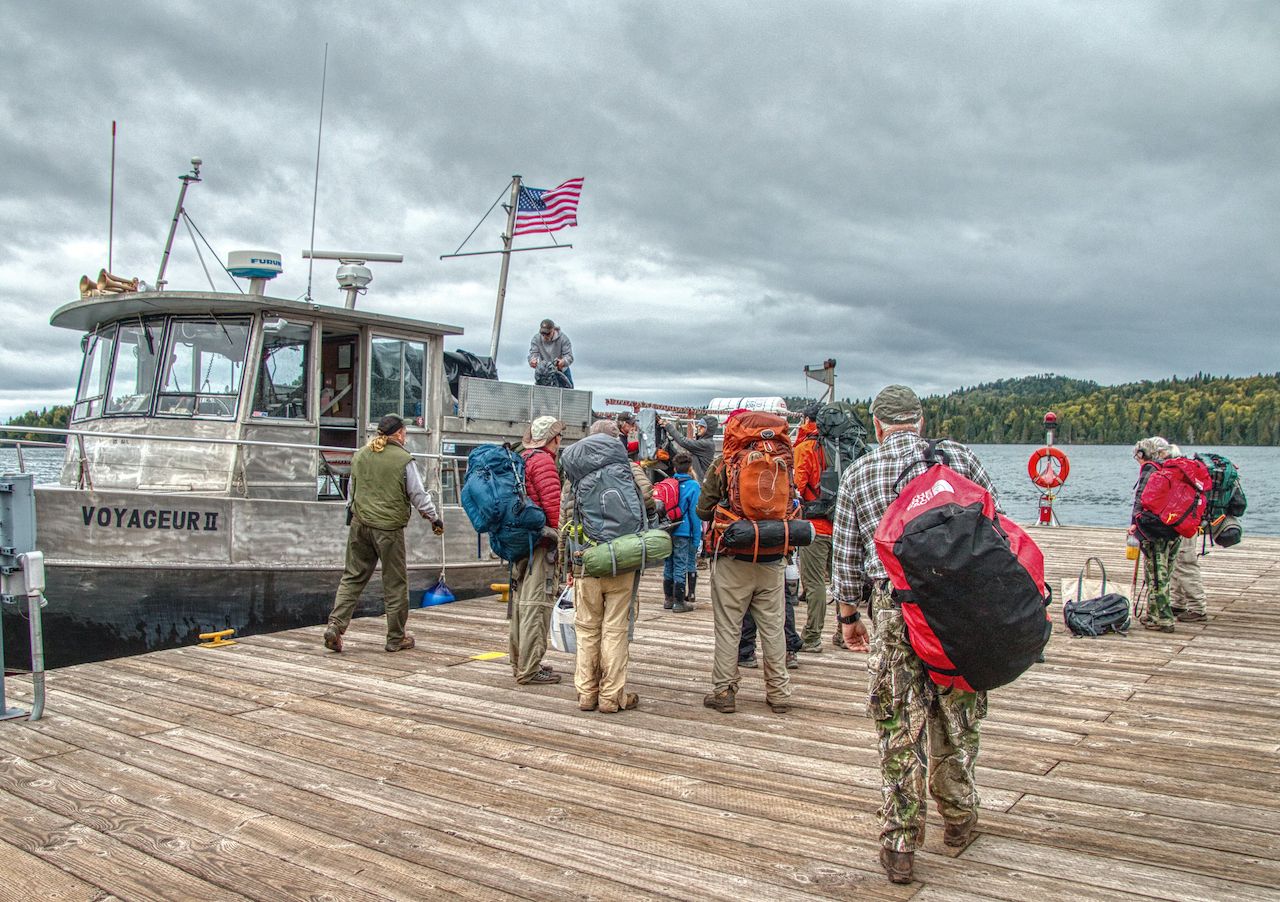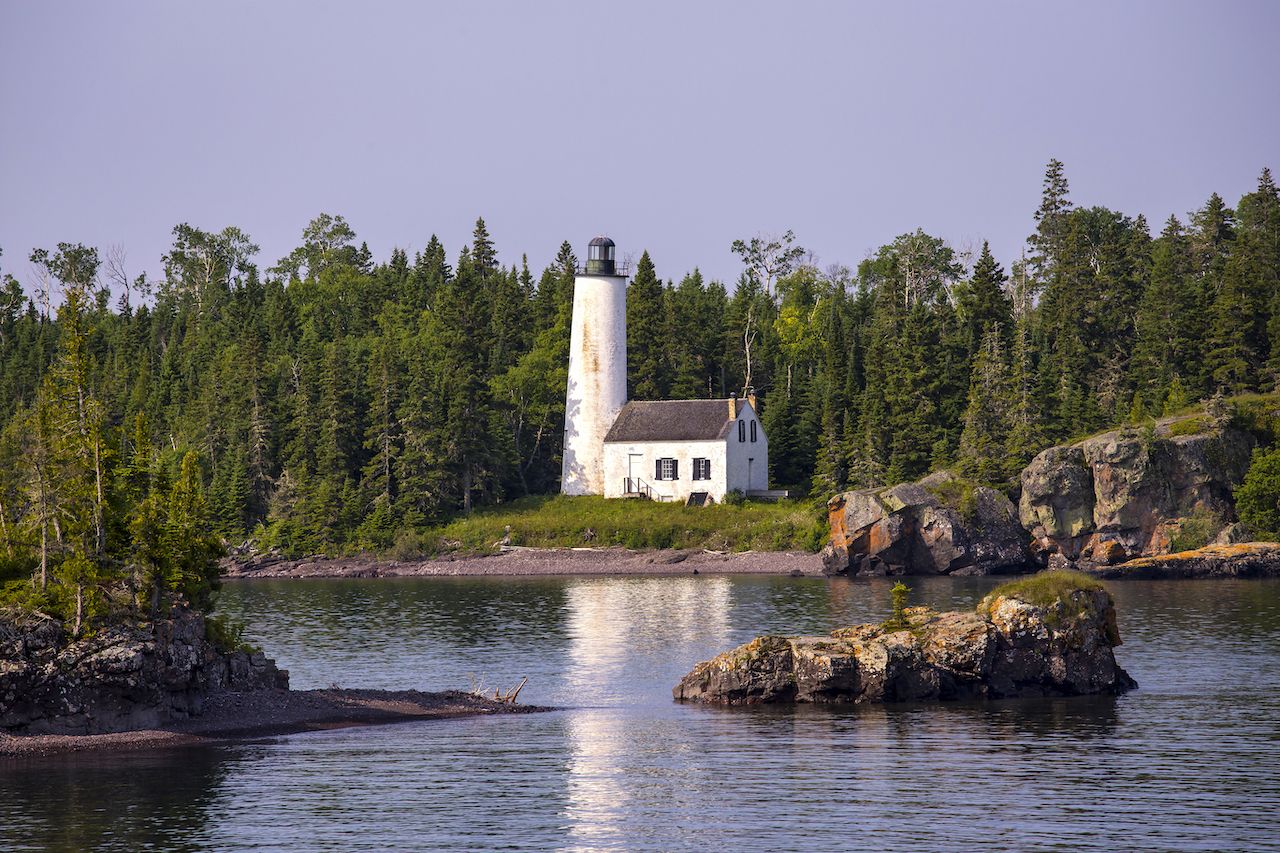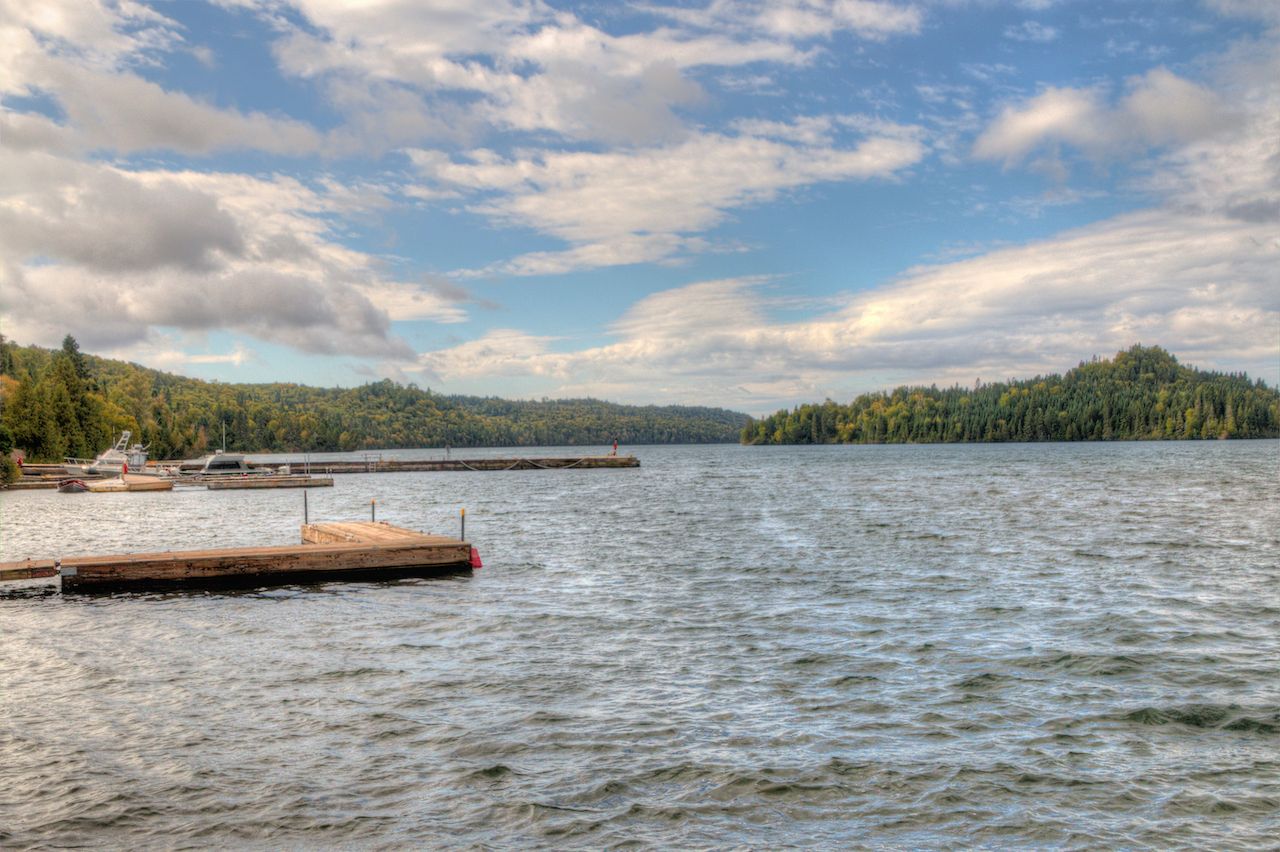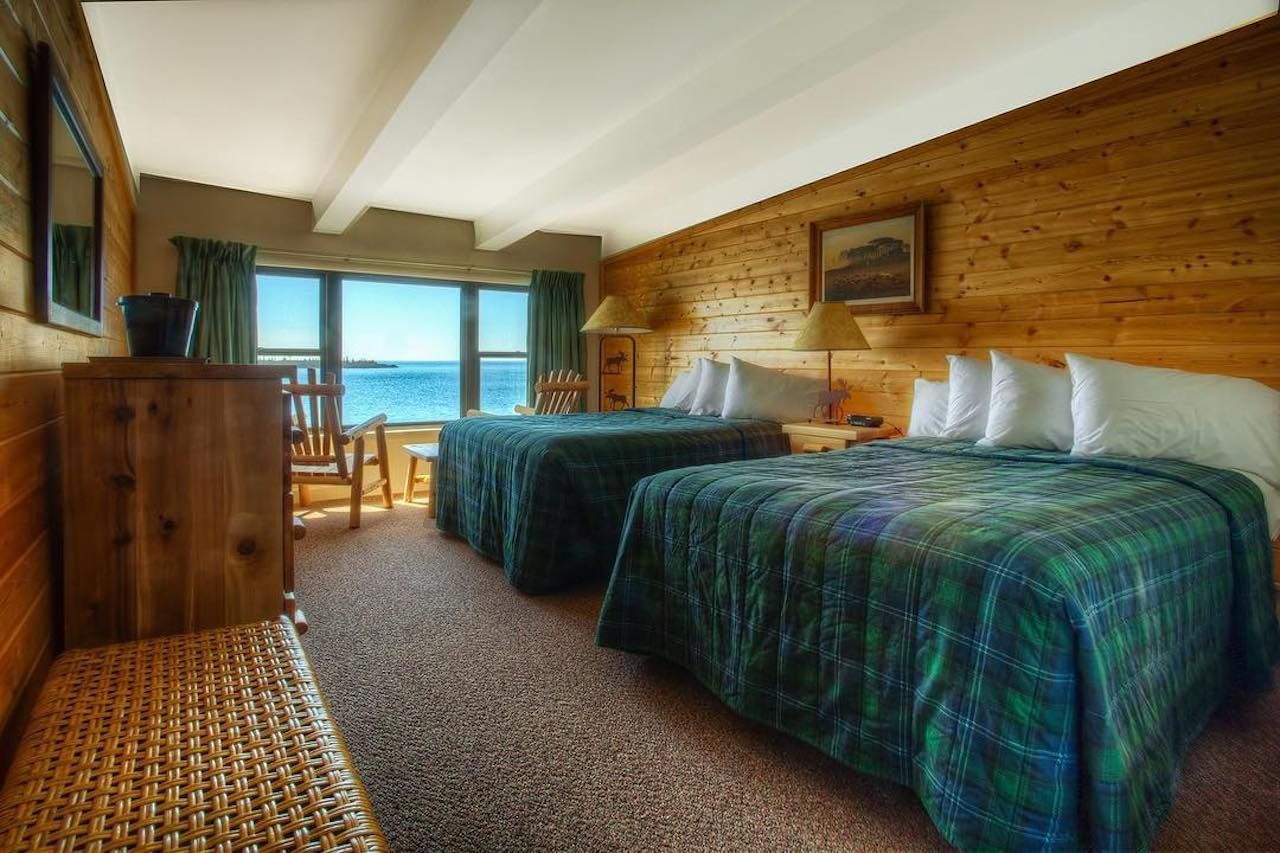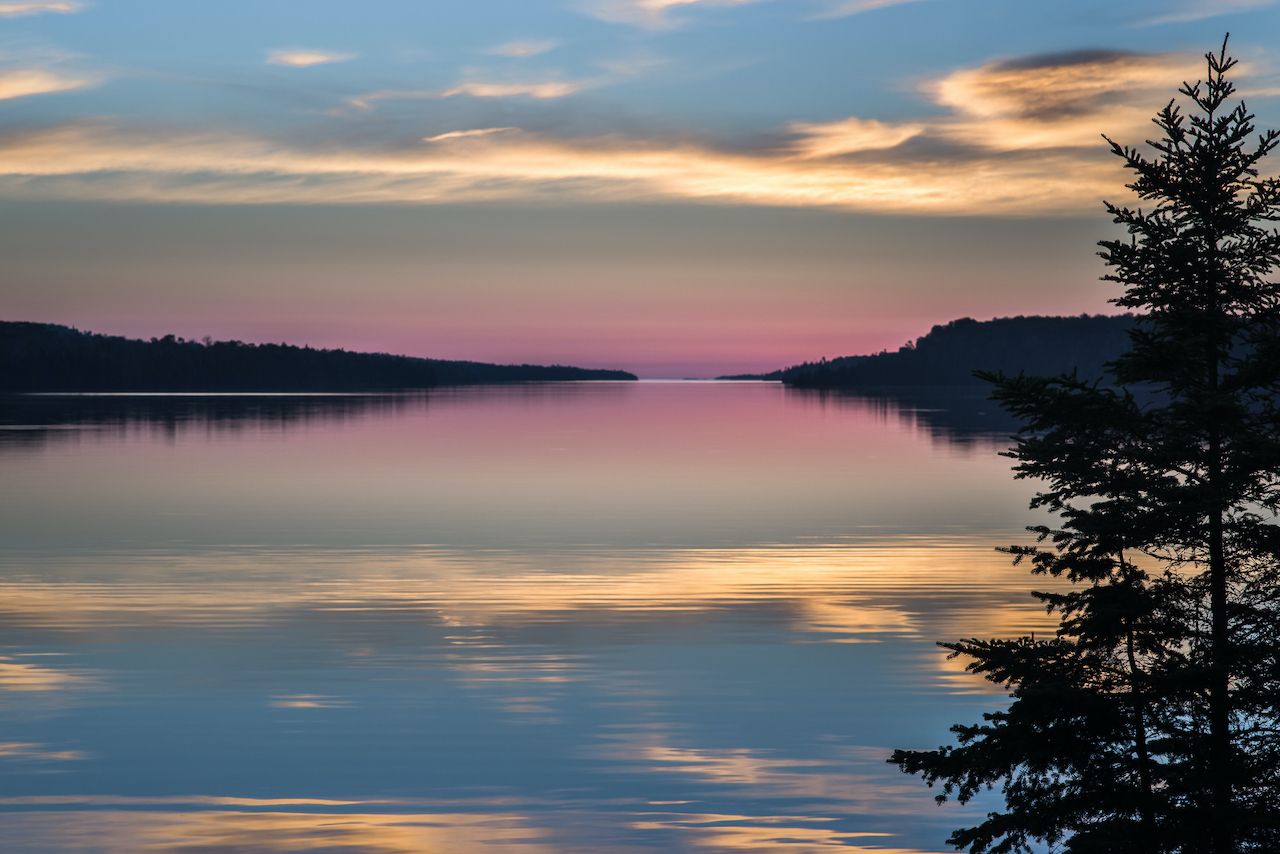Just over a billion years ago, North America’s center was rifting apart. Lava erupted across the land, setting down ultra-hard rock — ultra-hard rock that would have to escape glaciation. Isle Royale did just that, becoming the largest island in Lake Superior. It’s 45 miles long by nine miles wide, a dense boreal forest growing along a rugged shoreline, and it remains a vast wilderness set aside for our enjoyment.
Isle Royale National Park in Michigan is one of the least-visited national parks in the system. It’s difficult to get to for a number of reasons — location, time, money — and its main season is incredibly short: April 16 through October 31. If you’ve been looking for a fall road trip away from the humans, you’ve found it. From aspen groves turning gold to the chilly, empty shores of Lake Superior, let’s get planning.
